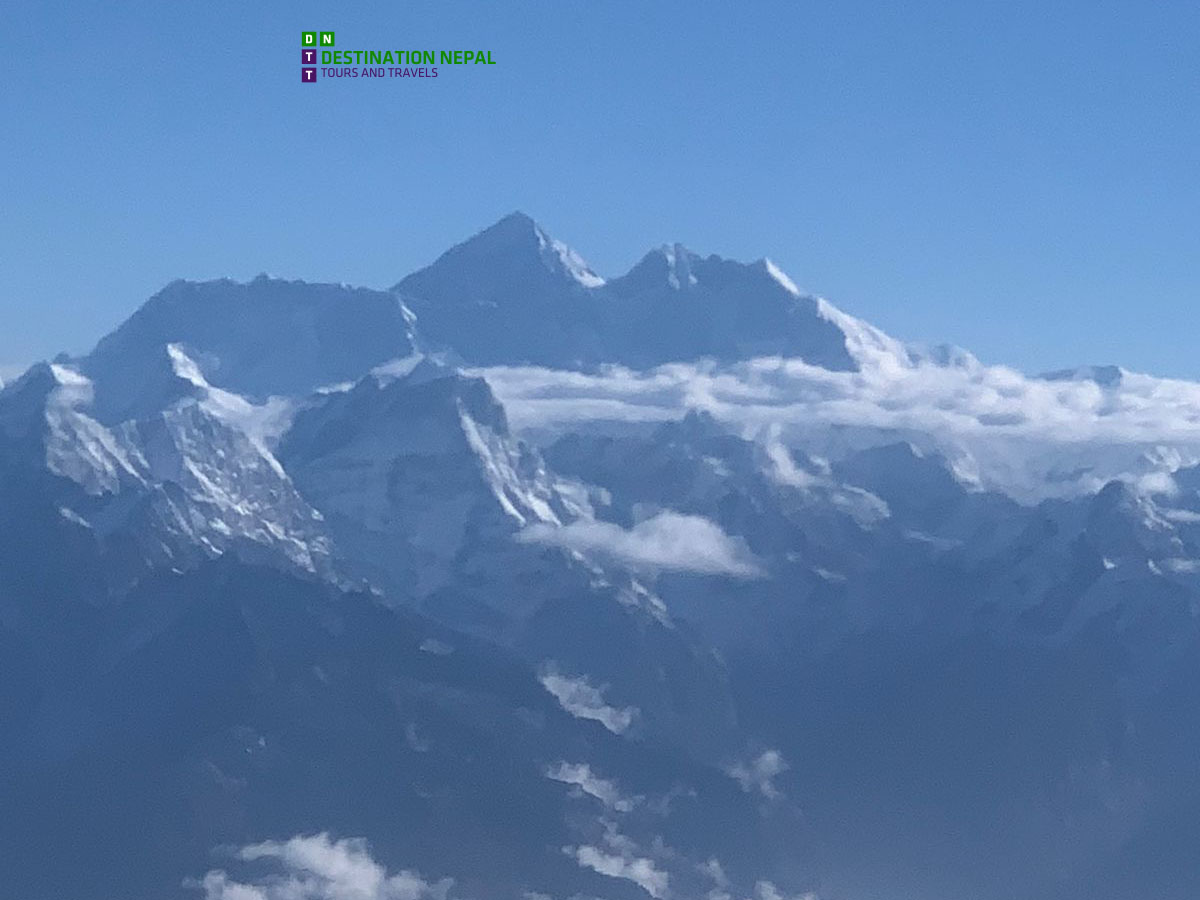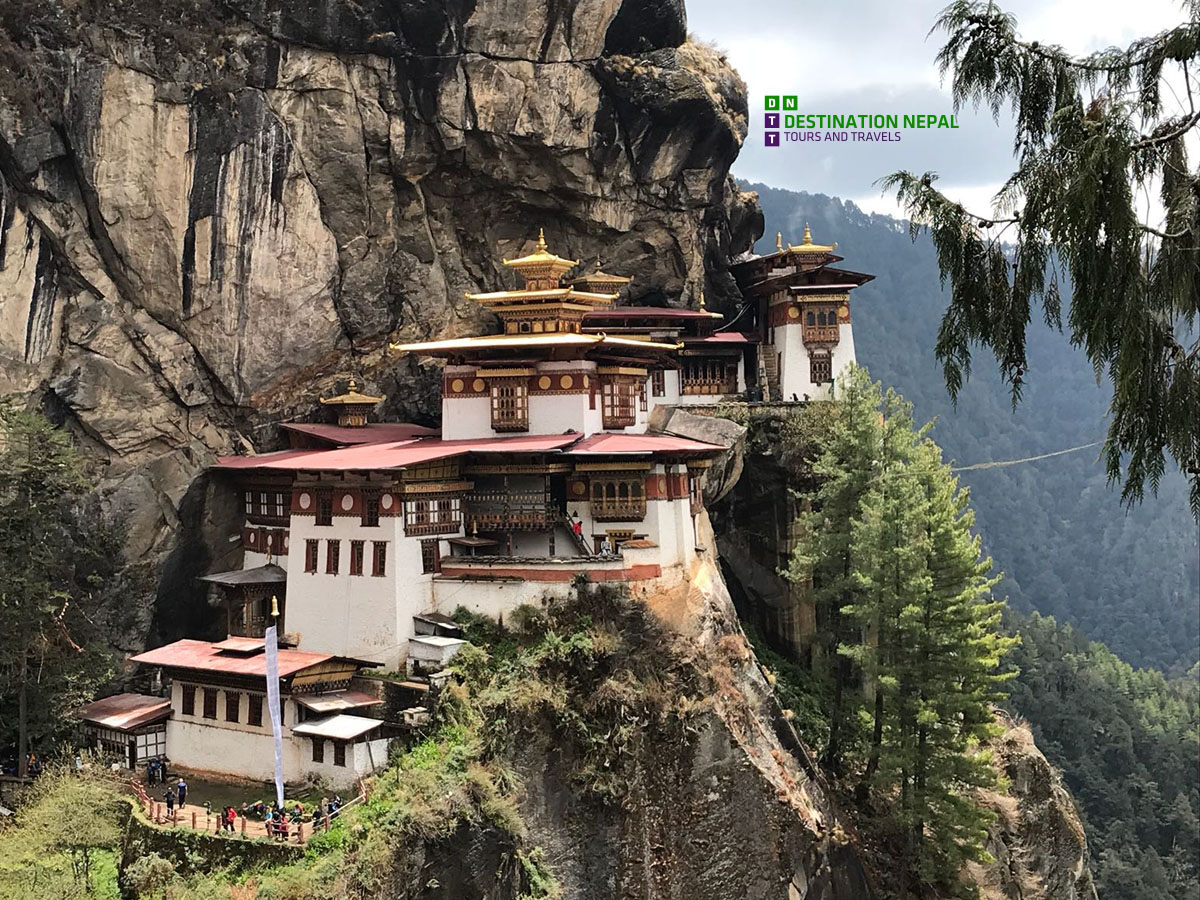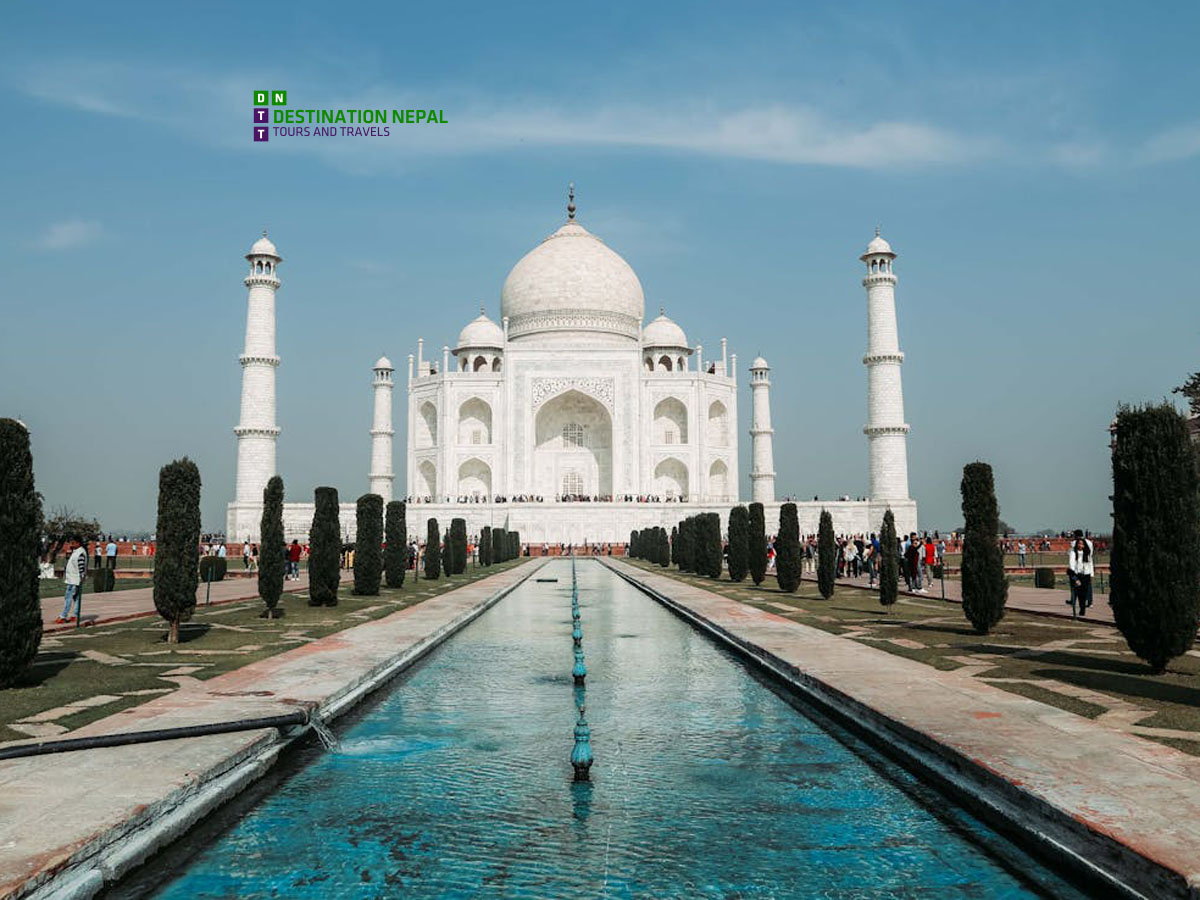Places to visit in Tibet
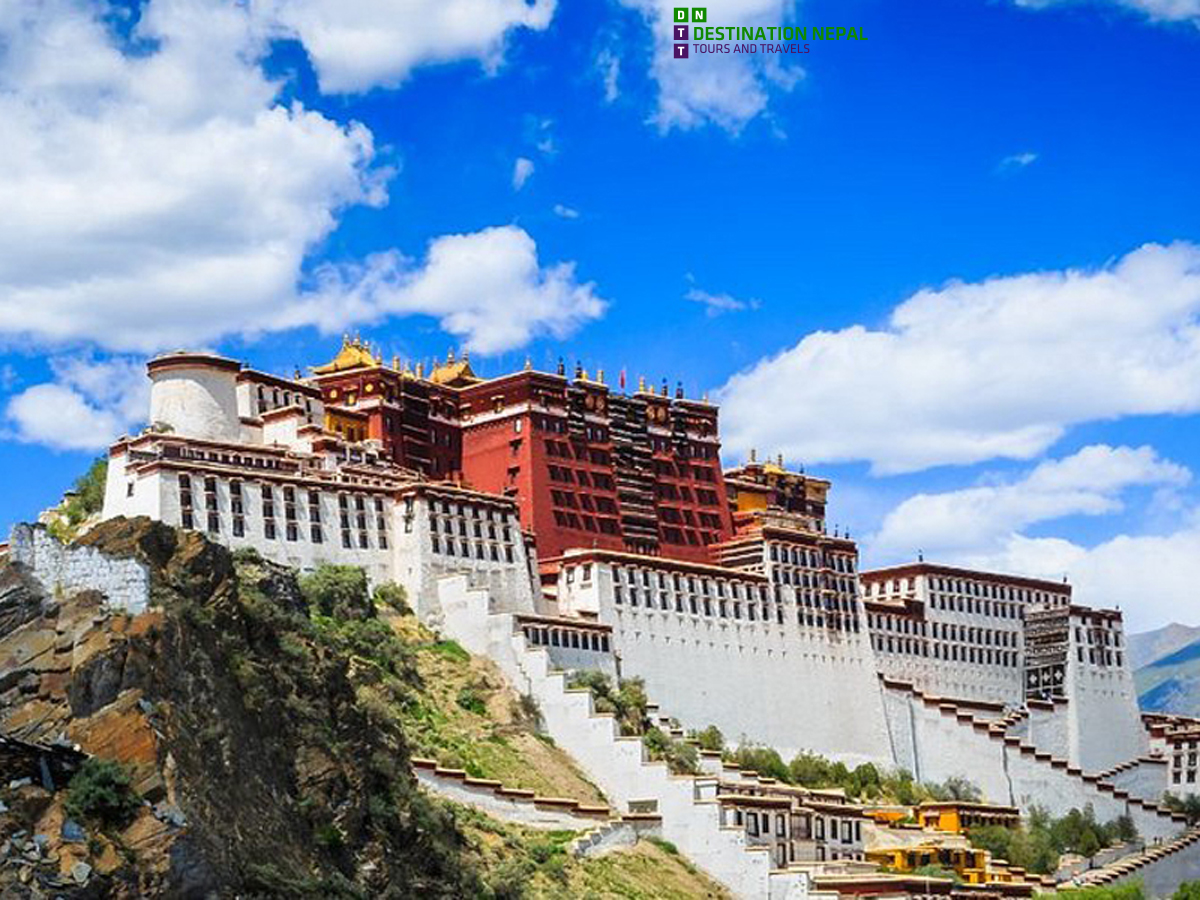
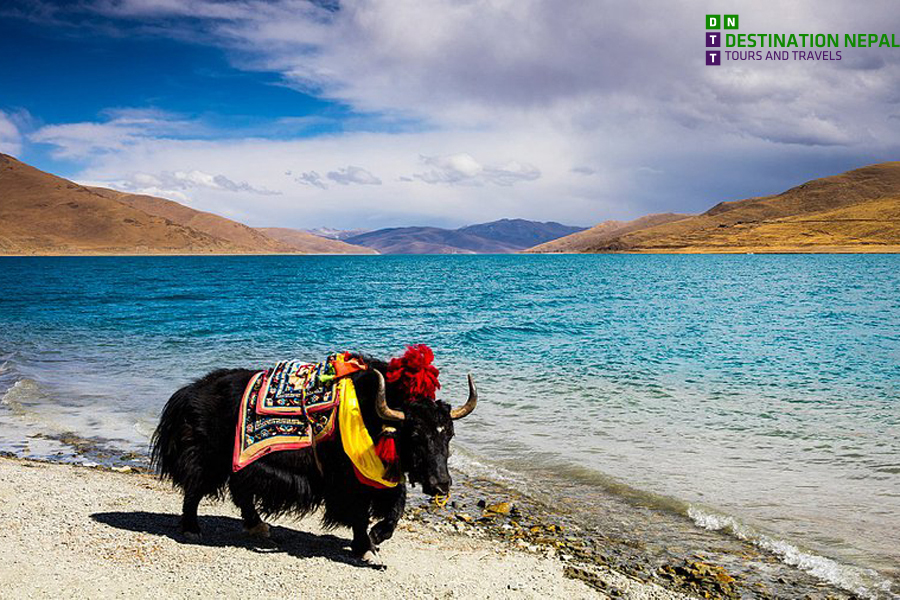 Tibet is a land of breathtaking landscapes, deep-rooted spirituality, and unique cultural experiences. One of the top places to visit in Tibet is the iconic Potala Palace in Lhasa, a UNESCO World Heritage site known for its grand architecture, sacred chapels, and stunning views of the city. Another must-visit is Jokhang Temple, the spiritual heart of Tibet, where pilgrims from all over come to worship the revered Jowo Rinpoche statue. Encircling Jokhang Temple is Barkhor Street, a vibrant market filled with Tibetan handicrafts, local artifacts, and the spiritual energy of devotees performing the kora, or sacred walk. Nature lovers can head to the serene Yamdrok Lake and Namtso Lake, both known for their turquoise waters, stunning Himalayan views, and deep spiritual significance. Adventurers seeking to explore the world's highest mountain can visit the Tibetan side of Everest Base Camp, offering unparalleled views of Mount Everest’s majestic north face. For those interested in Tibetan Buddhism, Sera Monastery and Drepung Monastery in Lhasa are renowned centers of learning, where visitors can witness monks engaging in lively philosophical debates. Each destination in Tibet offers a unique blend of history, culture, and natural beauty, making it an unforgettable experience for travelers.
Tibet is a land of breathtaking landscapes, deep-rooted spirituality, and unique cultural experiences. One of the top places to visit in Tibet is the iconic Potala Palace in Lhasa, a UNESCO World Heritage site known for its grand architecture, sacred chapels, and stunning views of the city. Another must-visit is Jokhang Temple, the spiritual heart of Tibet, where pilgrims from all over come to worship the revered Jowo Rinpoche statue. Encircling Jokhang Temple is Barkhor Street, a vibrant market filled with Tibetan handicrafts, local artifacts, and the spiritual energy of devotees performing the kora, or sacred walk. Nature lovers can head to the serene Yamdrok Lake and Namtso Lake, both known for their turquoise waters, stunning Himalayan views, and deep spiritual significance. Adventurers seeking to explore the world's highest mountain can visit the Tibetan side of Everest Base Camp, offering unparalleled views of Mount Everest’s majestic north face. For those interested in Tibetan Buddhism, Sera Monastery and Drepung Monastery in Lhasa are renowned centers of learning, where visitors can witness monks engaging in lively philosophical debates. Each destination in Tibet offers a unique blend of history, culture, and natural beauty, making it an unforgettable experience for travelers.
Top Places to Visit in Tibet
- Potala Palace, Lhasa
Potala Palace, the iconic UNESCO World Heritage site, is a must-visit in Tibet. This grand fortress showcases stunning Tibetan architecture and offers panoramic views of Lhasa.
- Jokhang Temple, Lhasa
Jokhang Temple is the spiritual heart of Tibet and a sacred pilgrimage site. It houses the revered Jowo Rinpoche statue and reflects Tibetan Buddhism’s deep religious significance.
- Barkhor Street, Lhasa
Barkhor Street, surrounding Jokhang Temple, is a vibrant hub for Tibetan culture. Visitors can explore traditional handicrafts, prayer wheels, and experience local life.
Yamdrok Lake, one of Tibet’s three holy lakes, is known for its mesmerizing turquoise waters. This serene destination is ideal for nature lovers seeking breathtaking Himalayan views.
- Namtso Lake
Namtso Lake, the "Heavenly Lake," captivates visitors with its crystal-clear waters, snow-capped peaks, and spiritual significance as a sacred Tibetan pilgrimage site.
- Mount Kailash
Mount Kailash is a sacred peak for Hindus, Buddhists, Jains, and Bon followers. Pilgrims visit to perform the challenging kora (circumambulation) around this revered mountain.
- Tashilhunpo Monastery, Shigatse
Home to the Panchen Lama, Tashilhunpo Monastery is a significant Tibetan Buddhist site. Its giant Maitreya Buddha statue and vibrant murals are major attractions.
- Everest Base Camp (Tibet Side)
Everest Base Camp in Tibet offers an unforgettable view of Mount Everest’s north face. Adventure seekers visit to experience the world’s highest mountain up close.
- Sera Monastery, Lhasa
Sera Monastery is known for its lively debating sessions, where monks engage in philosophical debates. It’s a fascinating cultural and spiritual experience.
- Drepung Monastery, Lhasa
Once the largest monastery in Tibet, Drepung Monastery is an important center for Tibetan Buddhist learning and features beautiful murals and sacred relics.
- Shigatse
Shigatse, Tibet’s second-largest city, is home to the majestic Tashilhunpo Monastery and offers insights into Tibetan culture, history, and local markets.
- Gyantse Kumbum
Gyantse Kumbum is a unique multi-storied stupa filled with intricate murals and Buddhist statues. It’s a symbol of Tibetan art and architecture.
- Rongbuk Monastery
Located near Everest Base Camp, Rongbuk Monastery is the world’s highest monastery, offering spectacular views of Mount Everest and spiritual tranquility.
- Samye Monastery
Samye Monastery, the first Buddhist monastery in Tibet, is known for its unique mandala-shaped design, representing Buddhist cosmology.
- Lake Manasarovar
Lake Manasarovar is a sacred freshwater lake near Mount Kailash. It holds deep religious significance and offers stunning views of the surrounding mountains.
